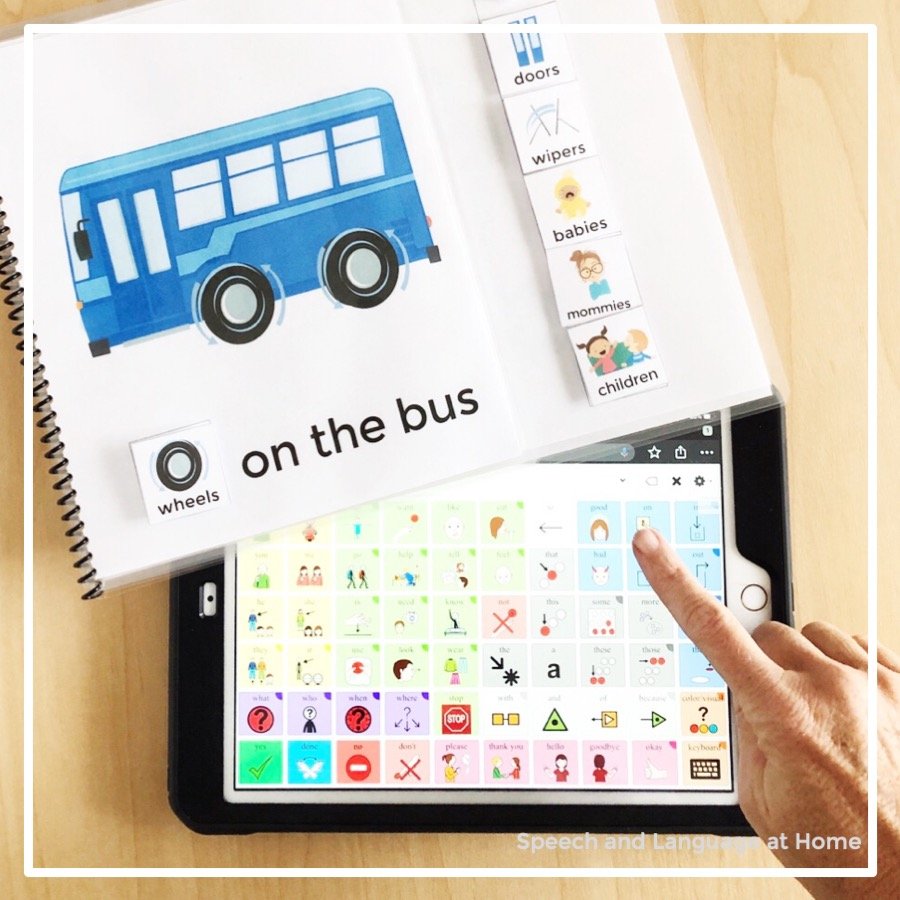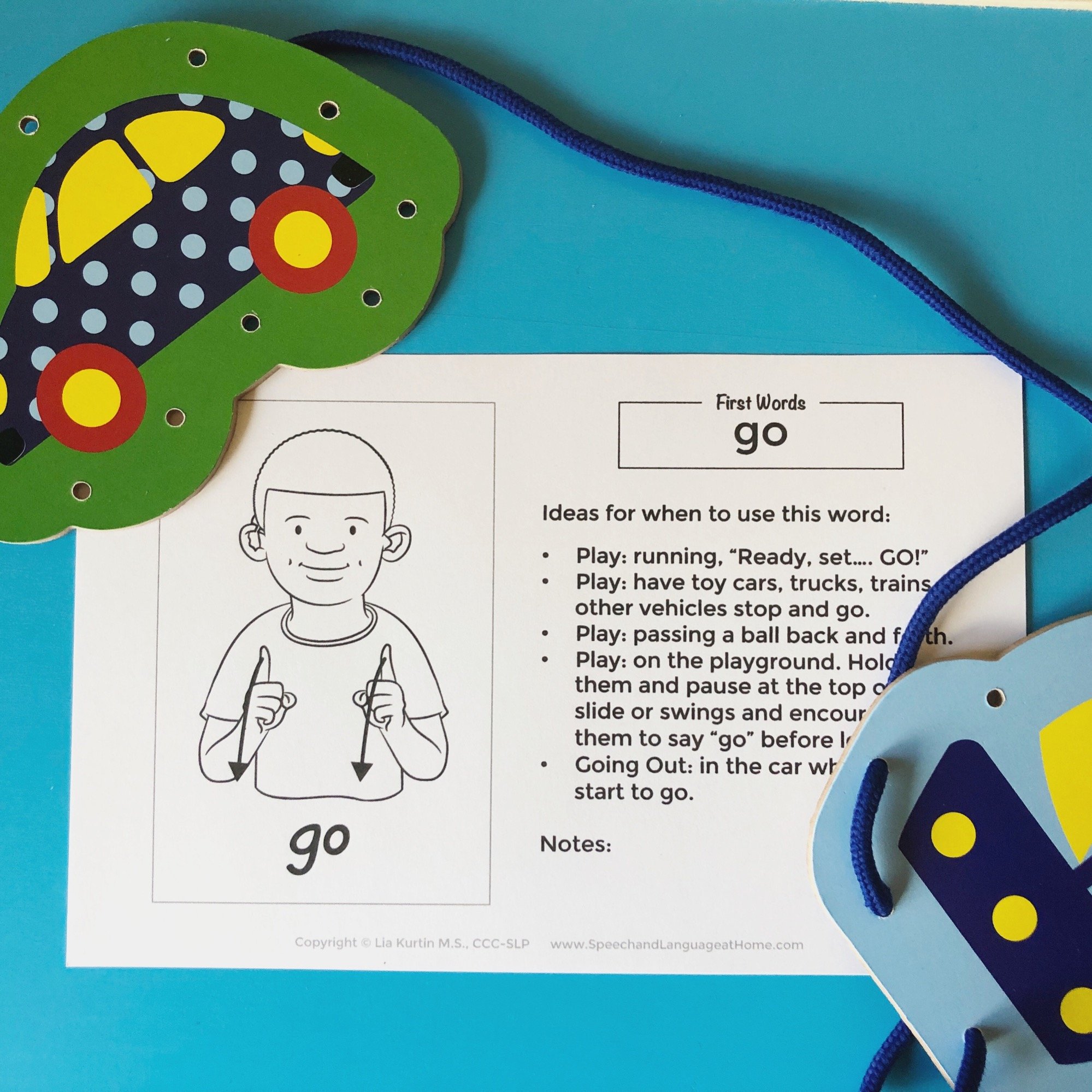AAC & Sign Language
What is AAC Communication?
Augmentative and Alternative Communication (AAC) refers to methods used to supplement or replace spoken language when individuals have difficulty communicating verbally.
AAC can involve a range of tools and strategies, from simple gestures and signs to sophisticated electronic devices.
Learn more about AAC Communication from the American Speech-Language-Hearing Association.
Using Sign Language to Build Communication Skills.
Evidence shows that exposing your child to sign language will not prevent them from learning to speak.
Very young children can learn words through signs and use them to meet their wants and needs.
This is building language skills and teaching your child to communicate.
Sources:
Emmorey, K. (2002). Language, cognition, and the brain: Insights from sign language research. Mahwah, NJ: Lawrence Erlbaum Associates.
Mayberry, R. I., & Eichen, E. B. (1991). The long-lasting advantage of learning sign language in childhood: Another look at the critical period for language acquisition. Journal of Memory and Language, 30, 486–512.
Meier, R. P., & Newport, E. L. (1990). Out of the hands of babes: On a possible sign advantage in language acquisition. Language, 66, 1–23.
Using AAC with your child at Home
Picture Cards: The Most Versatile Visual Supports on the Market
Teaching Sign Language to Early Communicators
social words (examples hi, please, more)
nouns (examples milk, ball, bubbles)
verbs (examples eat, help, go)
people and pronouns (examples, mom, dad, me, you)
adjectives and prepositions (examples up, hot, big)


